conductive nanoparticles inks are designed for specific processes and, according to the ultimate purpose of production, components with the desired characteristics are employed. The tendency to produce nanomaterials and use them, due to the interesting industrial properties of these materials, is increasing day by day, but nanoparticles derived from the chemical methods used today, due to the use of hazardous and toxic chemicals and damage Their environmental environment has raised a great deal of concern.
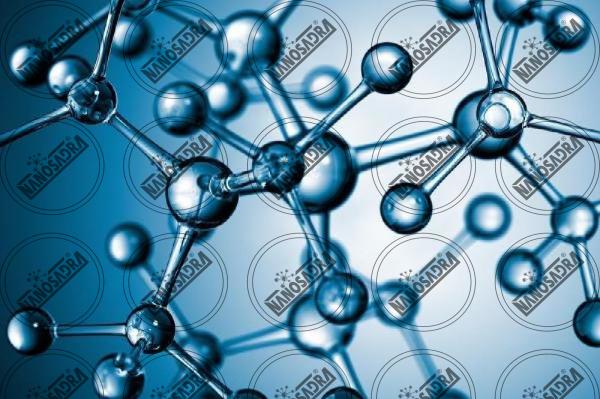
Application of High Conductive Nanoparticles
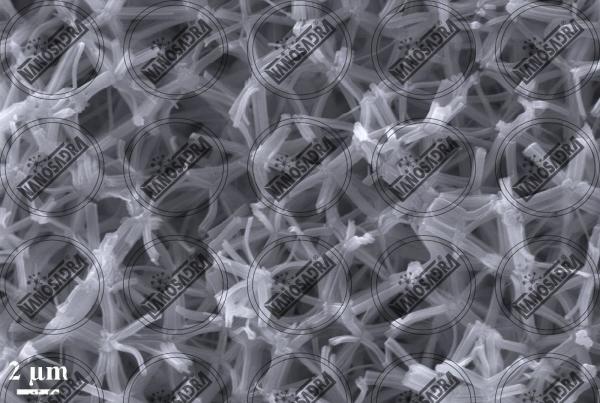 Plants and agricultural products have been given special attention as biodegradable and inexpensive sources of biomaterials. In this paper, various methods of using plant substrates for the preparation of silver and gold nanoparticles that are of particular importance in medicine and biological processes are discussed. Phytoremediation and the use of plant extracts and biomass are among the methods used as plant bedding for nanoparticles preparation.
Plants and agricultural products have been given special attention as biodegradable and inexpensive sources of biomaterials. In this paper, various methods of using plant substrates for the preparation of silver and gold nanoparticles that are of particular importance in medicine and biological processes are discussed. Phytoremediation and the use of plant extracts and biomass are among the methods used as plant bedding for nanoparticles preparation.
- One of the key elements of electronic printing technology is the ink used in printing, conductive inks are the most widely used ink in the industry, researchers at Amir Kabir University have produced conductive inks based on silver nanoparticles.
- Print electronics means the use of print technology on flexible platforms to build emerging technology electronic devices that are emerging at a stunning pace, ranging from health to advertising to automotive Transportation, energy and electronics are in use, and investment in the field is steadily increasing.
- One of the major elements of electronic printing technology is the ink used in printing, the most widely used and most common type of conductive inks.
- The choice of conductive material is mainly determined by the physical properties required. The use of metallic nanoparticles is one of the contributing factors to the conductivity of conductive inks. Among metallic nanoparticles, silver nanoparticles are the most commonly used oxidant due to their higher conductivity, cost-effectiveness and greater oxidation stability.
- silver nanoparticle properties inks are used to make low-voltage circuits, especially capacitors, resistors, and biosensors.
- Car sensors include airbag, fuel, brake and some internal connectors with these inks.
- High-quality conductive patterns on flexible polymer substrates are promising for their use in low cost, high-area electronic devices.
- In addition to its antibacterial properties, properties of silver have characteristics such as anti-fungal and anti-inflammatory effects, environmental compatibility, non-stimulants and non-allergens, lack of resistance to microorganisms, heat resistance and high stability.
5 best uses of conductive nanoparticles

- The magnetic properties of objects are objects that have at least one dimension in the nano-range. The electrical conductivity of nanoparticles are the result of the magnetic moments generated by the electrons.
- Each electron in an atom has a magnetic moment, which originates from two sources: one is related to the orbital motion of the electron around the nucleus and the other due to the rotation of the electron around its axis, called spin motion, so each electron in an atom with orbital moments And spin can act like a small magnet permanently.
- The differences between the magnetic behavior at the nanometer and macrometer dimensions are mainly due to the symmetric transient motion in the nanometer samples and the presence of large numbers of atoms on the surface or between the particle surfaces.
- Magnetic nanoparticles in geology, magnetic recording, medical use, fluids (magnetic solution in the presence of a magnetic field) used in loudspeakers, magnetic hyperthermia, a therapeutic approach for cancer that causes heat loss in the tumor. Applies. Magnetic nanoparticles are in many rocks and soils whose magnetic moment arrangement allows them to study their age and magnetic rotation of the earth.
- Nano-scale magnetic memory can be written and read, and these have been confirmed by other research objectives, such as the SPINTRONIC program (the science of spin motion of electrons and their magnetic properties). Magnetic nanoparticles make good use of a highly concentrated memory with minimal energy performance. Nanoparticles are often found in magnets in living organisms, and the most successful application of nanomagnets is magnetic recording. In general, the magnetic behavior of the nanoparticles is strongly dependent on their dimensions.
Bestselling nanoparticle varieties on global market
 Nanoparticles have been used for a very long time. Perhaps their first use was in Chinese glazes and decorative ceramics of the early Chinese dynasties (4th and 5th centuries). In a Roman cup called the Likergus Cup, gold nanoparticles were used to produce different colors of the cup depending on how the light (front or back) was illuminated, but the cause of such effects was unknown to their makers.
Nanoparticles have been used for a very long time. Perhaps their first use was in Chinese glazes and decorative ceramics of the early Chinese dynasties (4th and 5th centuries). In a Roman cup called the Likergus Cup, gold nanoparticles were used to produce different colors of the cup depending on how the light (front or back) was illuminated, but the cause of such effects was unknown to their makers.
Black carbon or carbon black is the most famous example of nanoparticles that have been mass-produced for decades, and have been used in car tires to extend their lifespan, and the black tire is also the cause of this black additive.
In the 1930s, for the first time, steam processing methods were used to produce crystalline nanoparticles. In recent years, there have been great advances in the ability of nanoparticles to be made from various materials and tight control over their size, composition and uniformity.
Cheapest places to buy nanoparticles in bulk
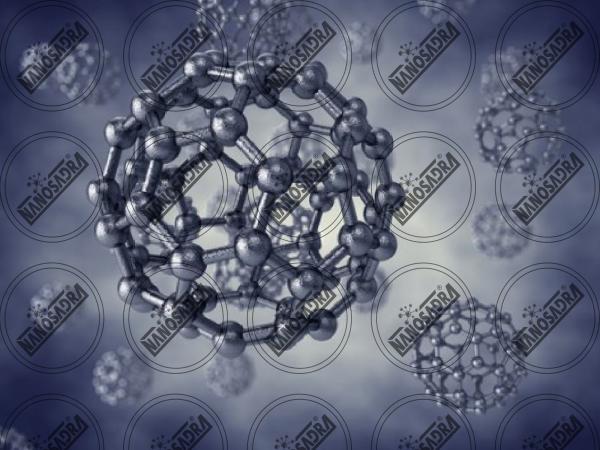 As we move from microparticles to nanoparticles, we experience a change in the physical properties of Xi, two of which are important: increasing the ratio of surface area to volume and the introduction of particle size into the realm of quantum effects.
As we move from microparticles to nanoparticles, we experience a change in the physical properties of Xi, two of which are important: increasing the ratio of surface area to volume and the introduction of particle size into the realm of quantum effects.
An increase in the ratio of surface area to volume, which occurs gradually with decreasing particle size, overcomes the behavior of the atoms located at the surface of the particle to the behavior of the inner atoms. This phenomenon affects the properties of the particle in isolation and its interactions with other substances.
Increasing the surface area greatly enhances the reactivity of the nanoparticles because the number of molecules or atoms in the surface is very high compared to the number of atoms or molecules in the sample mass, such that the particles are highly prone to or agglomeration.
For example, in the case of metal nanoparticles, they rapidly oxidize as soon as they are airborne. In some cases, a stabilizer must be added to prevent further reaction, enabling them to be resistant to wear, wear and corrosion in order to maintain the desired properties of the nanoparticles.

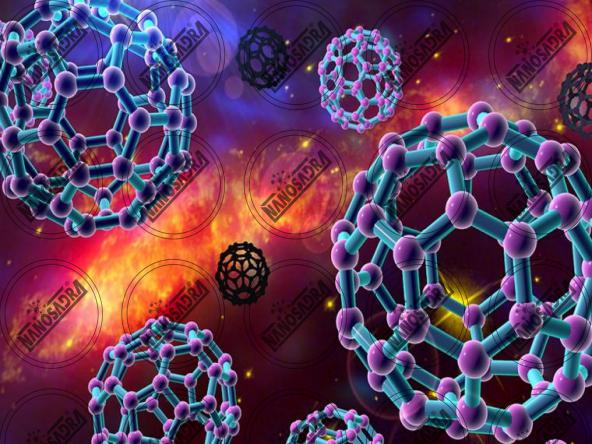
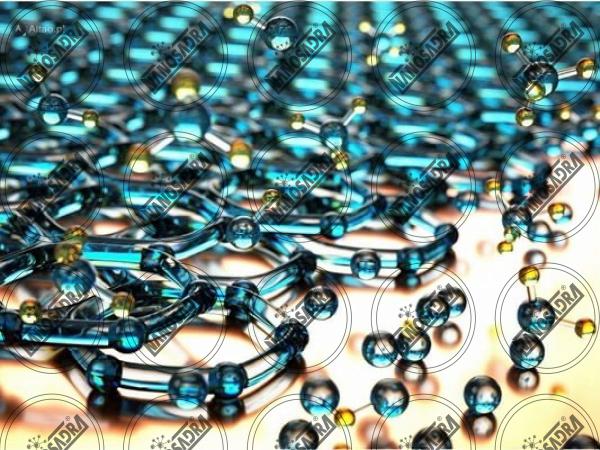







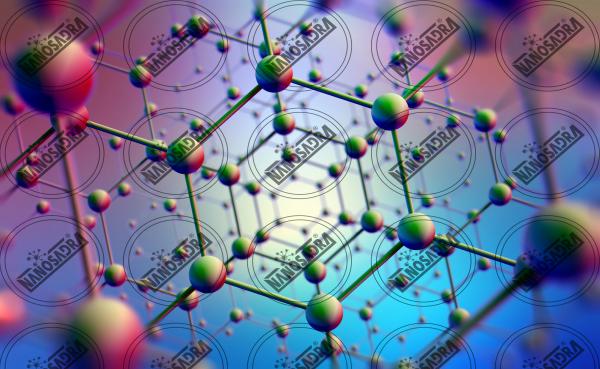
Your comment submitted.